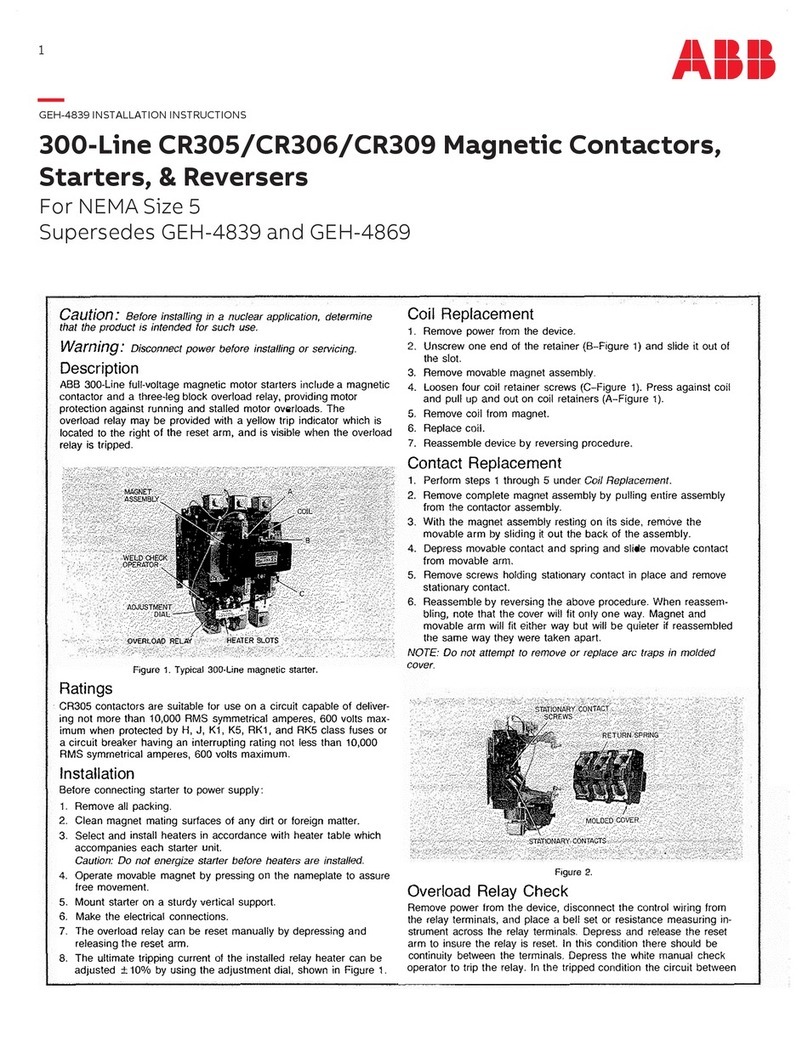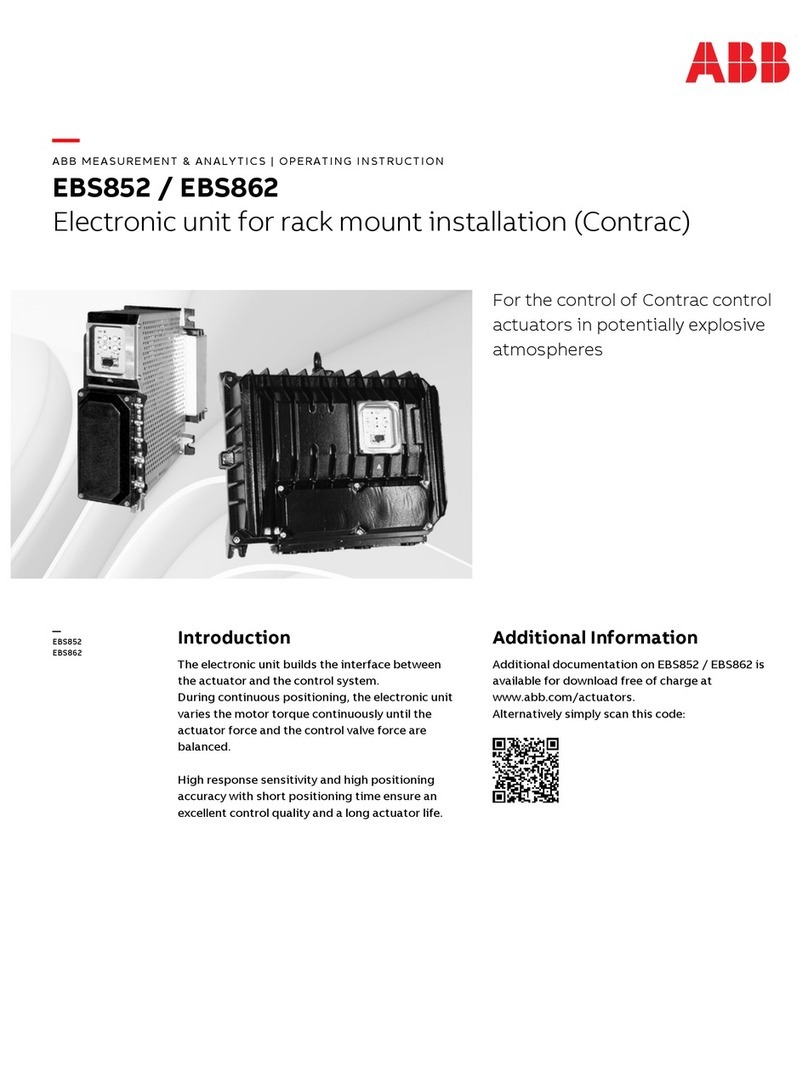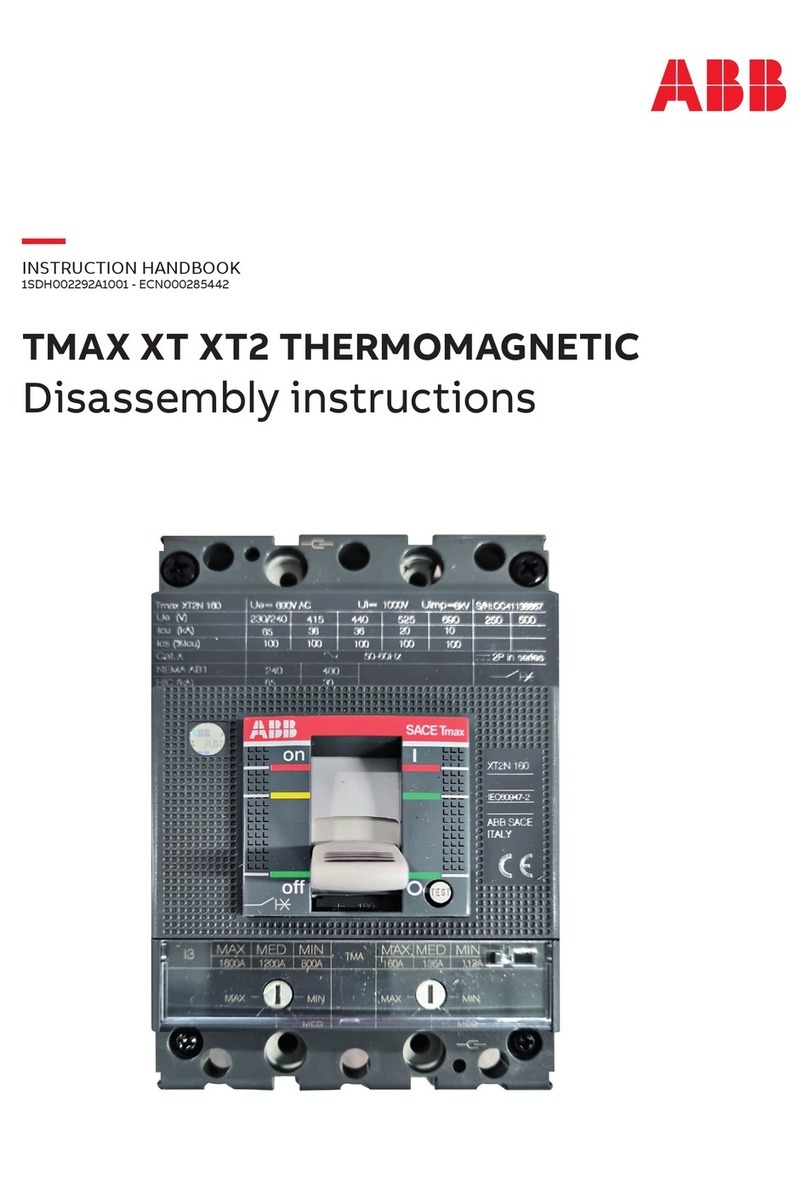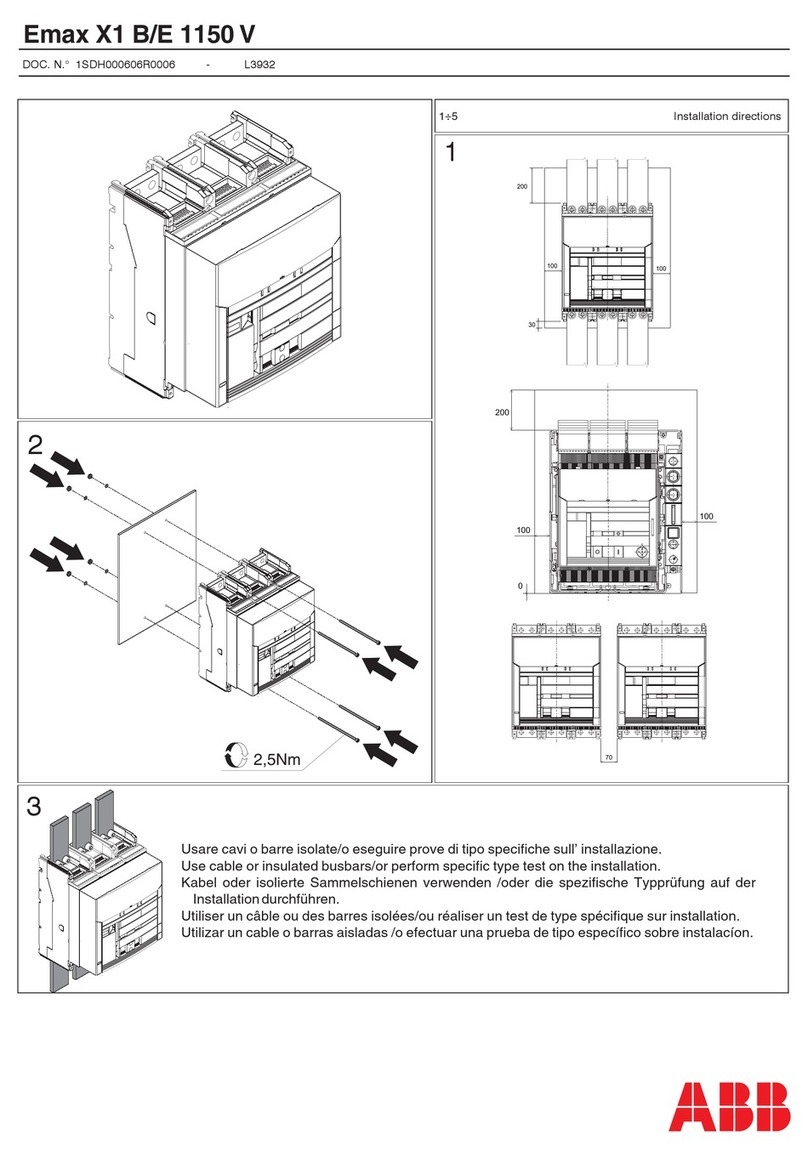ABB ArcLimiter User guide
Other ABB Industrial Electrical manuals
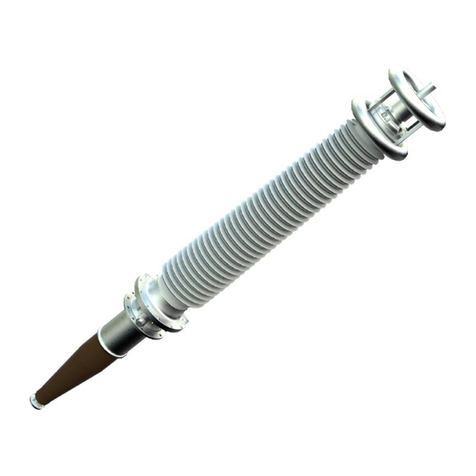
ABB
ABB GSC Series Product manual
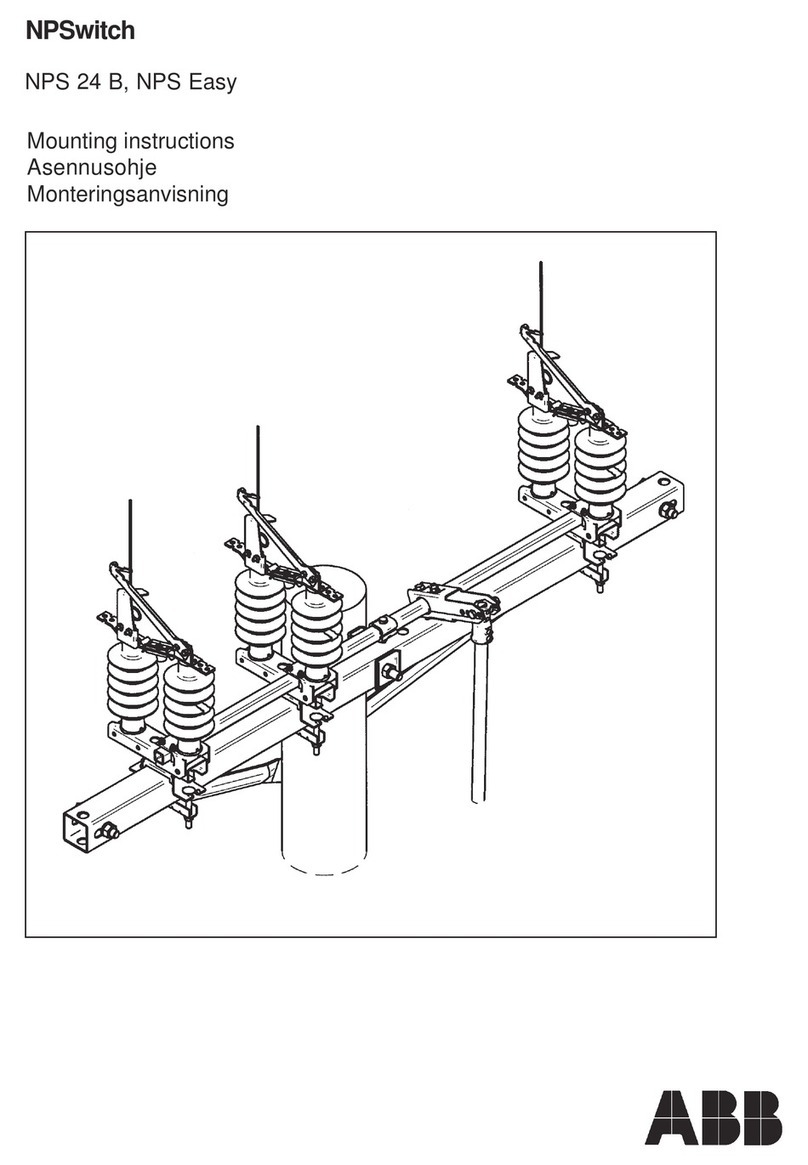
ABB
ABB NPSwitch NPS 24 B 108 User manual

ABB
ABB SACE Emax 2 User manual
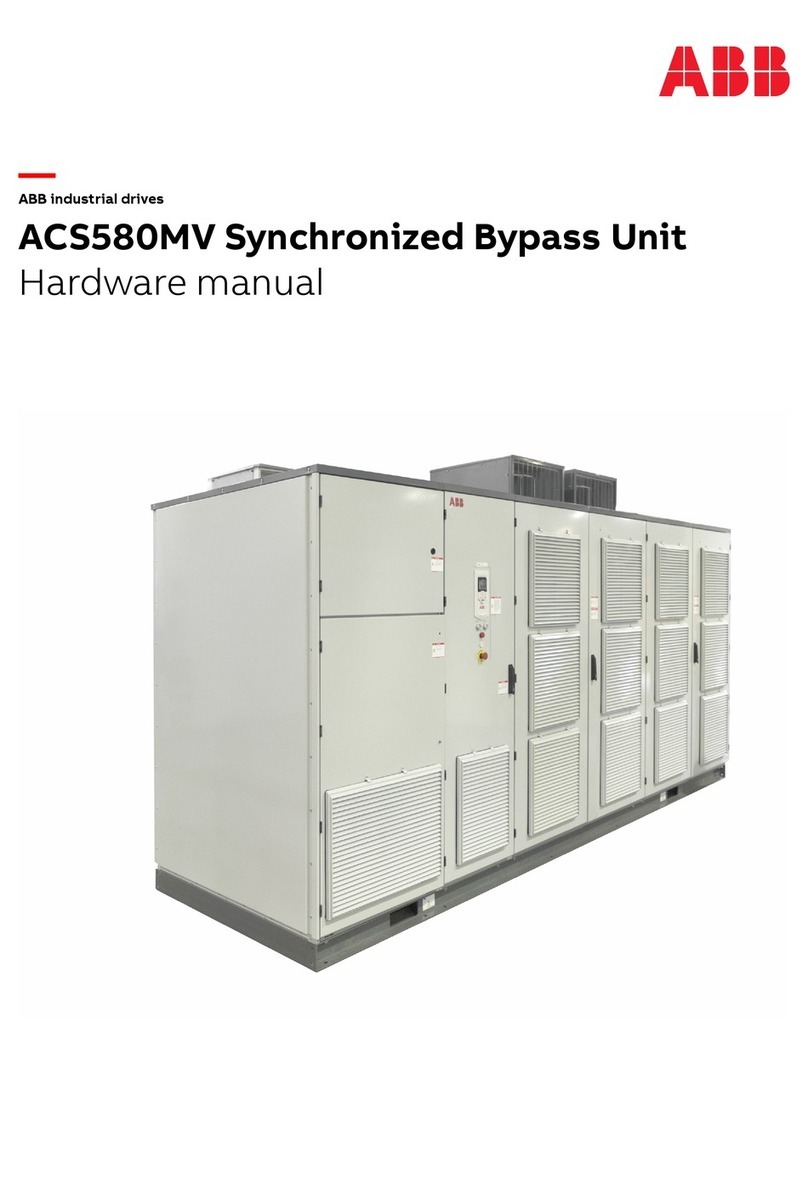
ABB
ABB ACS580MV User manual

ABB
ABB Zenith ZT30 User manual

ABB
ABB UniGear ZS3.2 User manual
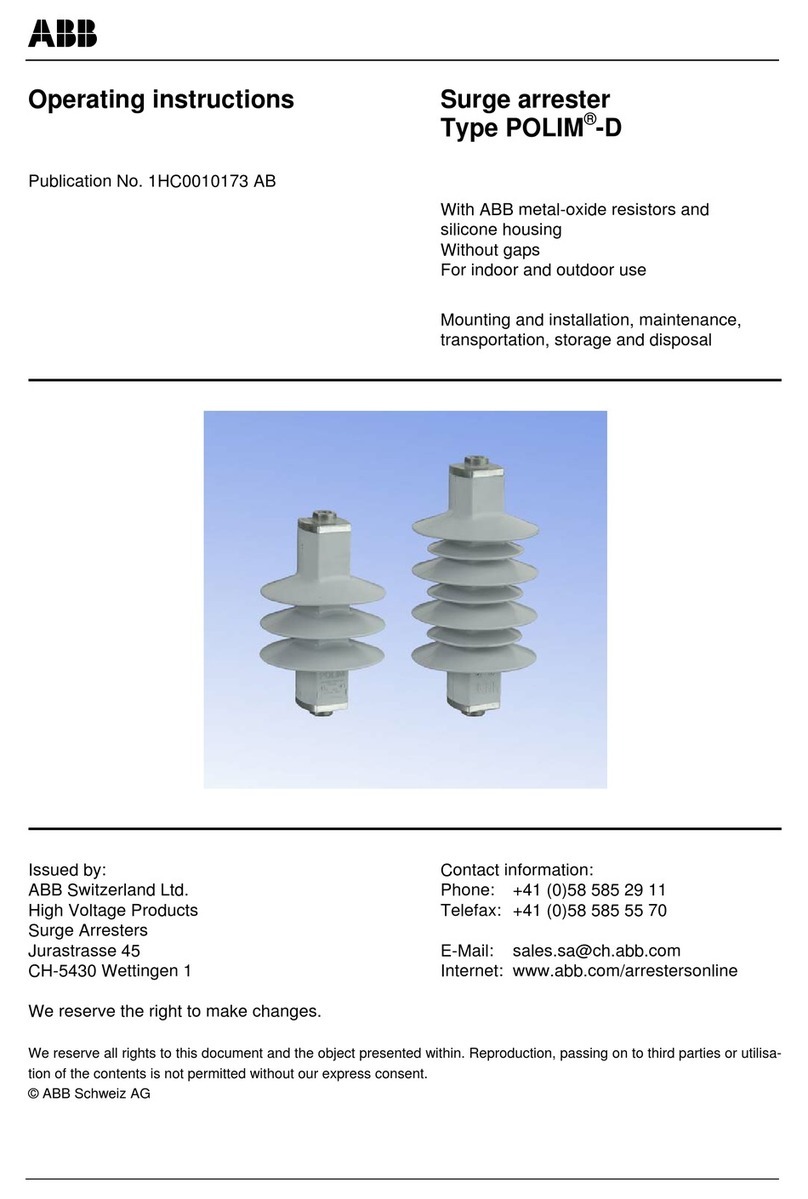
ABB
ABB POLIM-D User manual

ABB
ABB ACS 800 Series User manual

ABB
ABB TMAX XT XT6 ELECTRONIC Installation instructions
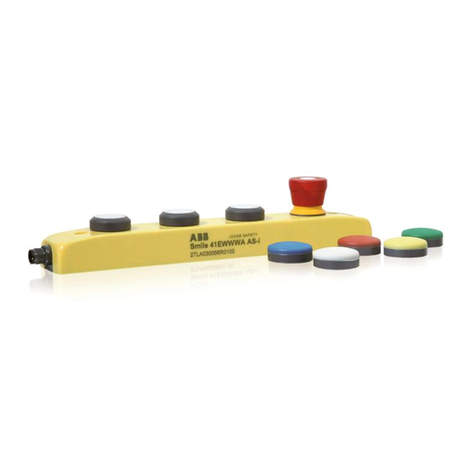
ABB
ABB Smile 41 AS-i Series User manual
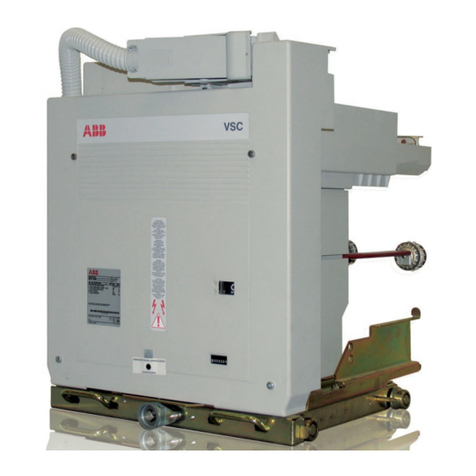
ABB
ABB V-Contact VSC Series Quick guide
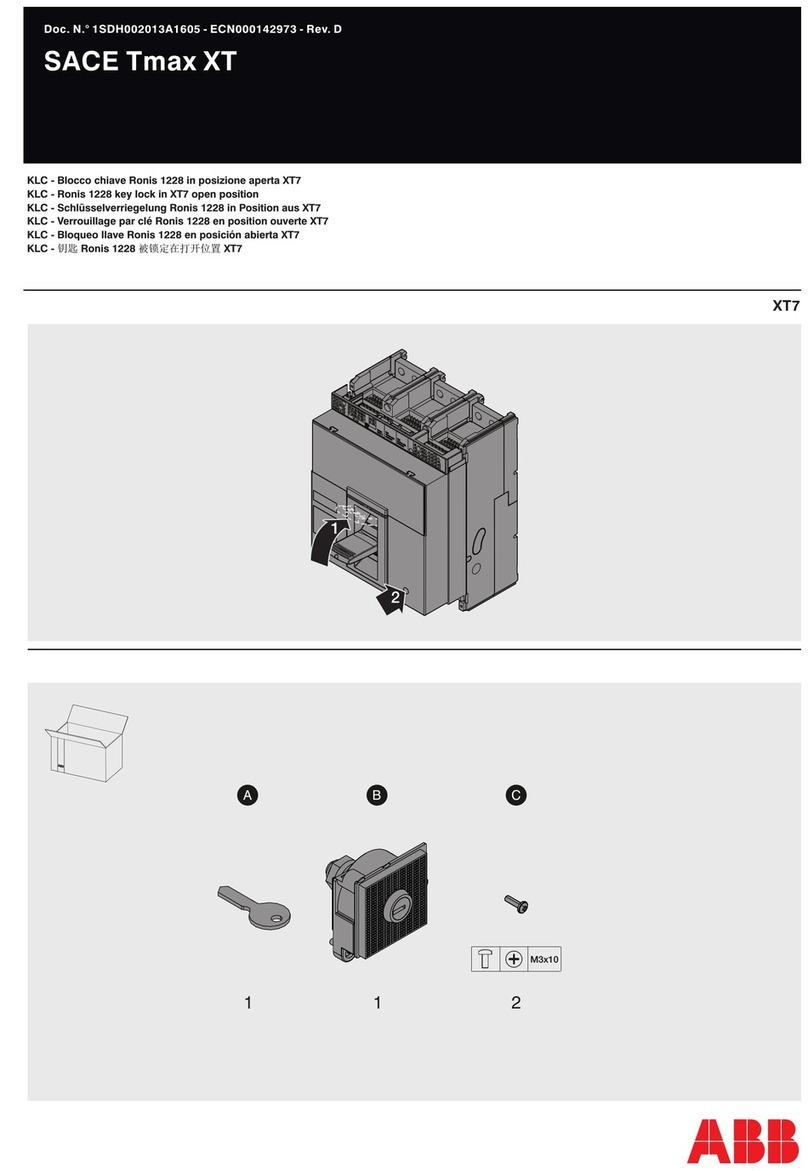
ABB
ABB SACE Tmax XT User manual
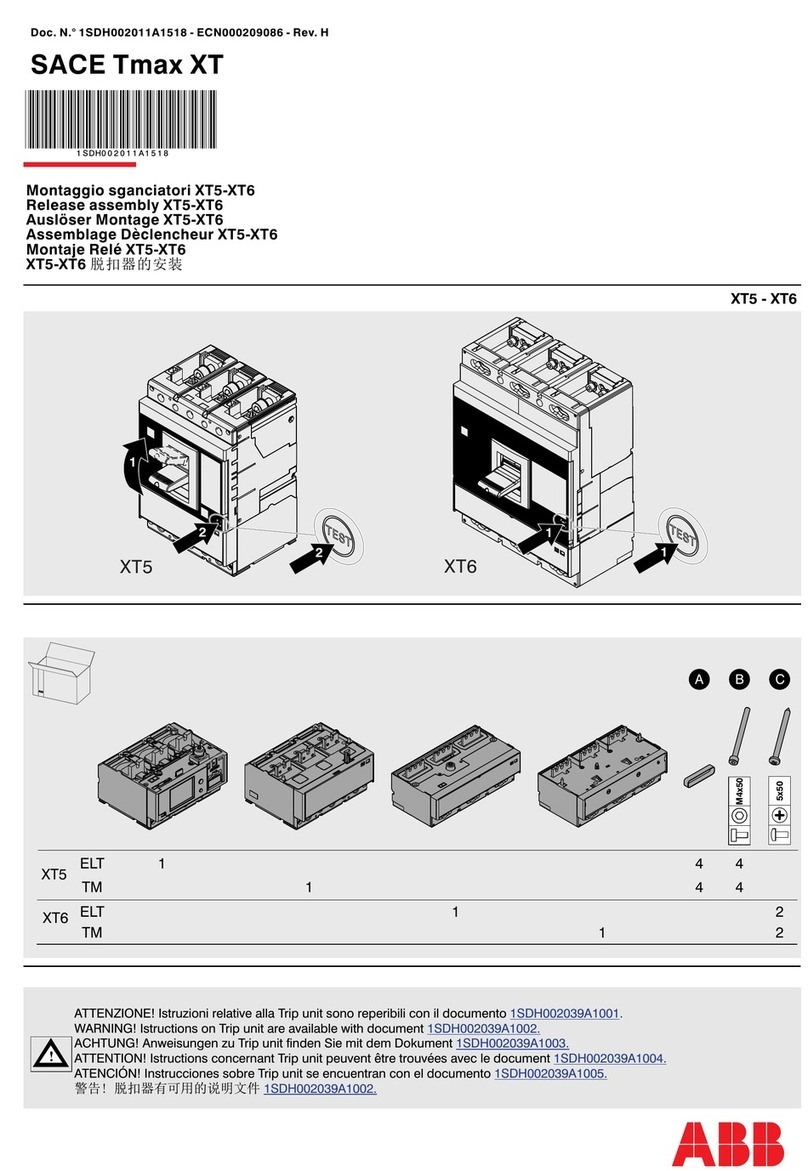
ABB
ABB SACE Tmax XT5 User manual
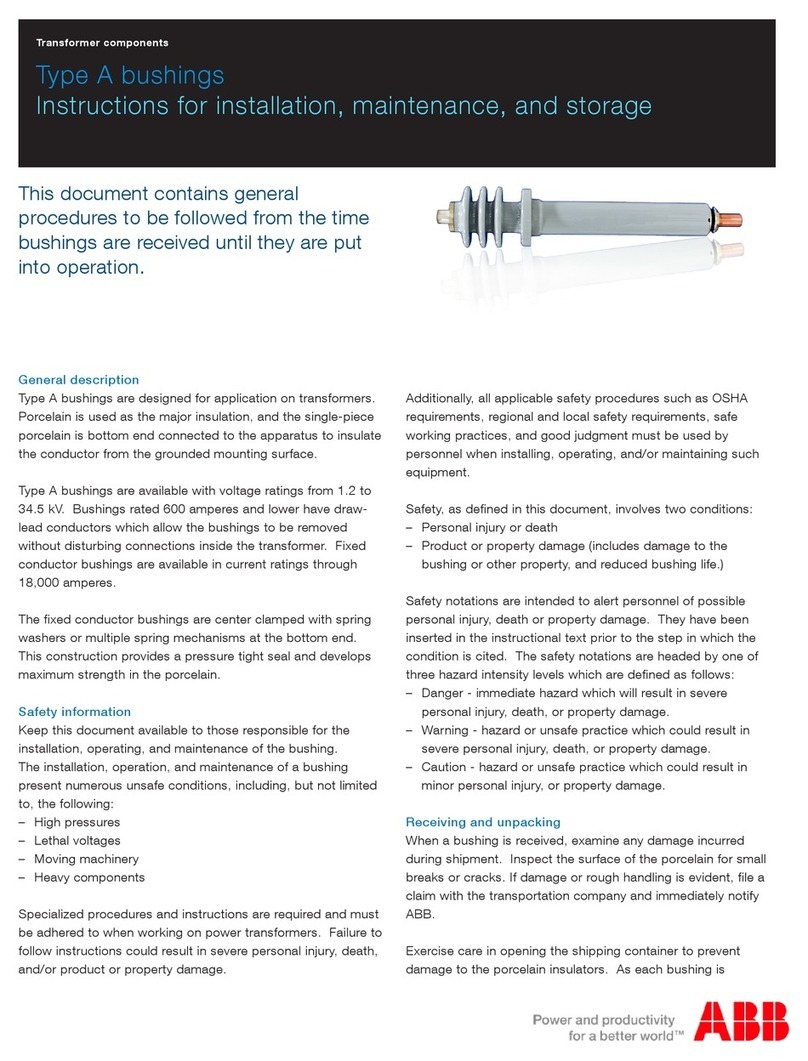
ABB
ABB Type A Operating and maintenance manual

ABB
ABB SACE PR021/K User manual
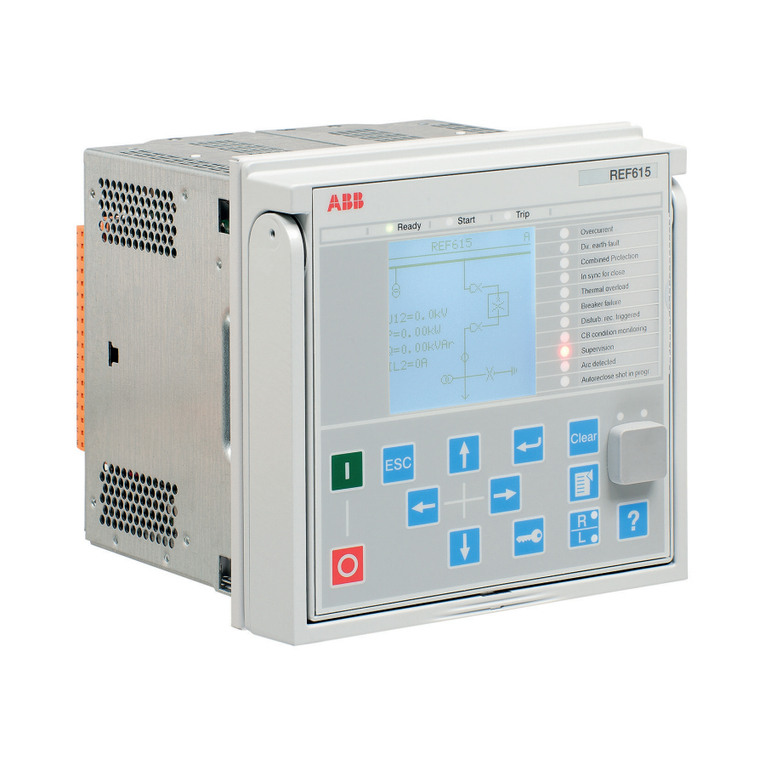
ABB
ABB Relion 615 series Datasheet
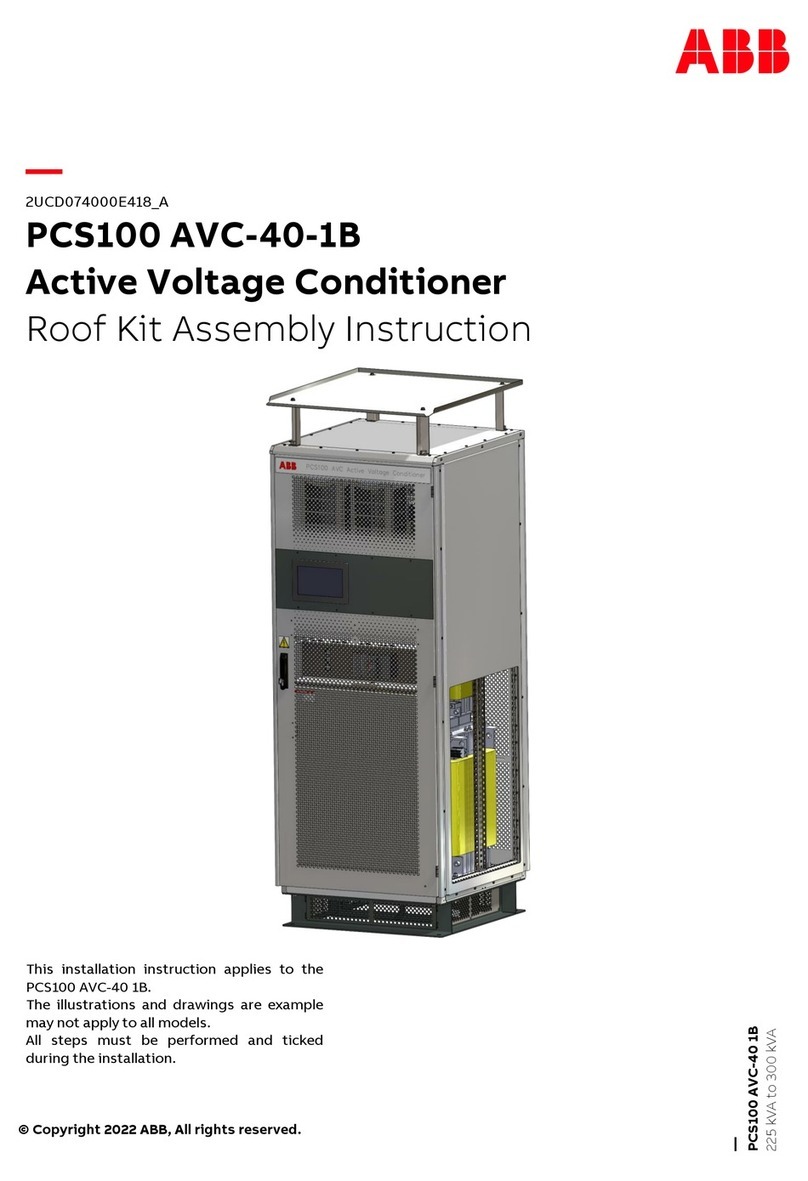
ABB
ABB PCS100 AVC-40-1B User manual

ABB
ABB MNS-SG User manual

ABB
ABB ACS 800 Series User manual

ABB
ABB ACS880-607 Series User manual
Popular Industrial Electrical manuals by other brands

Murata
Murata GRM0335C1E3R9BA01 Series Reference sheet

ARCAIR
ARCAIR N6000 Automatic System Safety and operating instructions

Murata
Murata GRM31CR61E106MA12 Series Reference sheet

Murata
Murata GQM2195C2A9R1CB01 Series Reference sheet

MFJ
MFJ MFJ-918 quick start guide

Abtech
Abtech HVJB Series Installation, operation & maintenance instructions

Murata
Murata GRM0335C1H8R1DA01 Series Reference sheet

SAF-HOLLAND
SAF-HOLLAND CBX 5415.5 Installation and operation manual

Eaton
Eaton Ulusoy HMH24-04 user manual

Murata
Murata GJM0335C1E4R4BB01 Series Reference sheet

Newlong
Newlong NP-7H NSTRUCTION MANUAL/PARTS LIST

Stahl
Stahl 8575/12 operating instructions

SI
SI Pegasus installation instructions

Murata
Murata GRM1555C1H2R7CA01 Seies Reference sheet

Murata
Murata GRM0225C1E6R4BA03 Series Reference sheet

Cooper Power Systems
Cooper Power Systems VXE15 Installation and operation instructions

S&C
S&C Vista SD manual

Murata
Murata GRM0335C2A7R3CA01 Series Reference sheet
